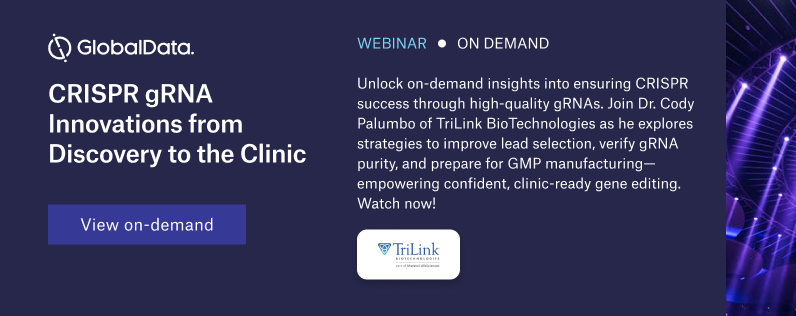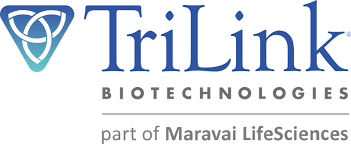
The cell and gene therapy (CGT) market is forecast to be worth almost $80bn by 2030, but issues must be resolved to bring these therapies through clinical trials to commercialization.
According to GlobalData’s recent report, The State of the Biopharmaceutical Industry 2025 – Mid-Year Update, the global CGT market is estimated to be worth $79.3bn by 2030, with a 40% compound annual growth rate (CAGR). Oncology is predicted to continue as the top therapy area, followed by central nervous system (CNS) disorders, and metabolic disorders. And as the number of applications for CGTs continue to grow, in the future no indication is off the table.

Despite the revolutionary potential of these cutting-edge therapies to treat rare diseases, researchers are held back by several hurdles. CGTs are expensive to make, regulations vary regionally, and sourcing high-quality materials can be a challenge in both early development and later clinical stages. These complex issues are delaying the commercialization of CGTs, which are explored further in a new report from TriLink BioTechnologies.
Challenges to CGT commercialisation
Production of CGTs is more intricate than traditional biologics, with up to five distinct products going into one cell. Delivering precision, consistency, and quality of ingredients is complicated as the therapy proceeds from preclinical through Phase I, II, and III. Bringing these therapies to patients requires sophistication and coordination throughout the manufacturing process. This issue of product availability and logistics extends the timelines to market and pushes up the cost.
When developing CGTs, scientists must balance a variety of technical challenges. The therapy must be delivered to the right cells, and the editing efficiency must be high enough to give a therapeutic benefit. Additionally, the safety implications from off-target effects have a much more significant impact when using advanced techniques like genome editing. The on- and off-target editing efficiency is driven primarily by the quality and design of the guide RNA (gRNA). This essential component guides the CRISPR nuclease to the part of the genome that needs editing. Safety concerns around gRNA persist, and the ability of the industry to meet FDA purity requirements will be crucial in alleviating concerns and derisking the therapy.
Differing regulations across different geographies are also impeding the journey to market for CGTs. While some countries have accelerated pathways, others struggle to regulate these novel therapies. Furthermore, some jurisdictions have approval requirements before market authorisation can be granted, while others have none. These complexities can be difficult to navigate, especially for innovative, smaller drug developers.
The high cost of developing CGTs presents a further challenge. With investment concentrated on treatments tackling the most profitable therapy areas, research into less common diseases could become critically underfunded. The industry as a whole needs to find ways to remove these barriers and improve commercial readiness.
Overcoming obstacles to the cell and gene therapy market
Greater harmonisation between regulators will do much to eliminate obstacles to market and give developers better, standardised guidelines to work towards. In the meantime, it is widely recognised that approvals are granted expeditiously if researchers can provide evidence that they have worked with the best quality materials from the beginning of the process. Partnerships with contract development and manufacturing organisations (CDMOs) can assist researchers to progress CGTs from preclinical to commercialisation by positively impacting a drug developer’s access to high-quality ingredients.
With regulations always evolving, CDMOs can assist researchers by understanding the latest industry guidance. CDMOs and CGT developers can work together withregulatory agencies such as the FDA to help set new standards for advanced production methods.
While the potential of CGTs to treat rare diseases is immense, researchers face numerous barriers in bringing these therapies to market. Strategic partnerships with CDMOs can play a pivotal role in overcoming these obstacles, ultimately helping patients access these urgent treatments.
To gain more insights into resolving issues with CGT commercialisation, download the full report below.



